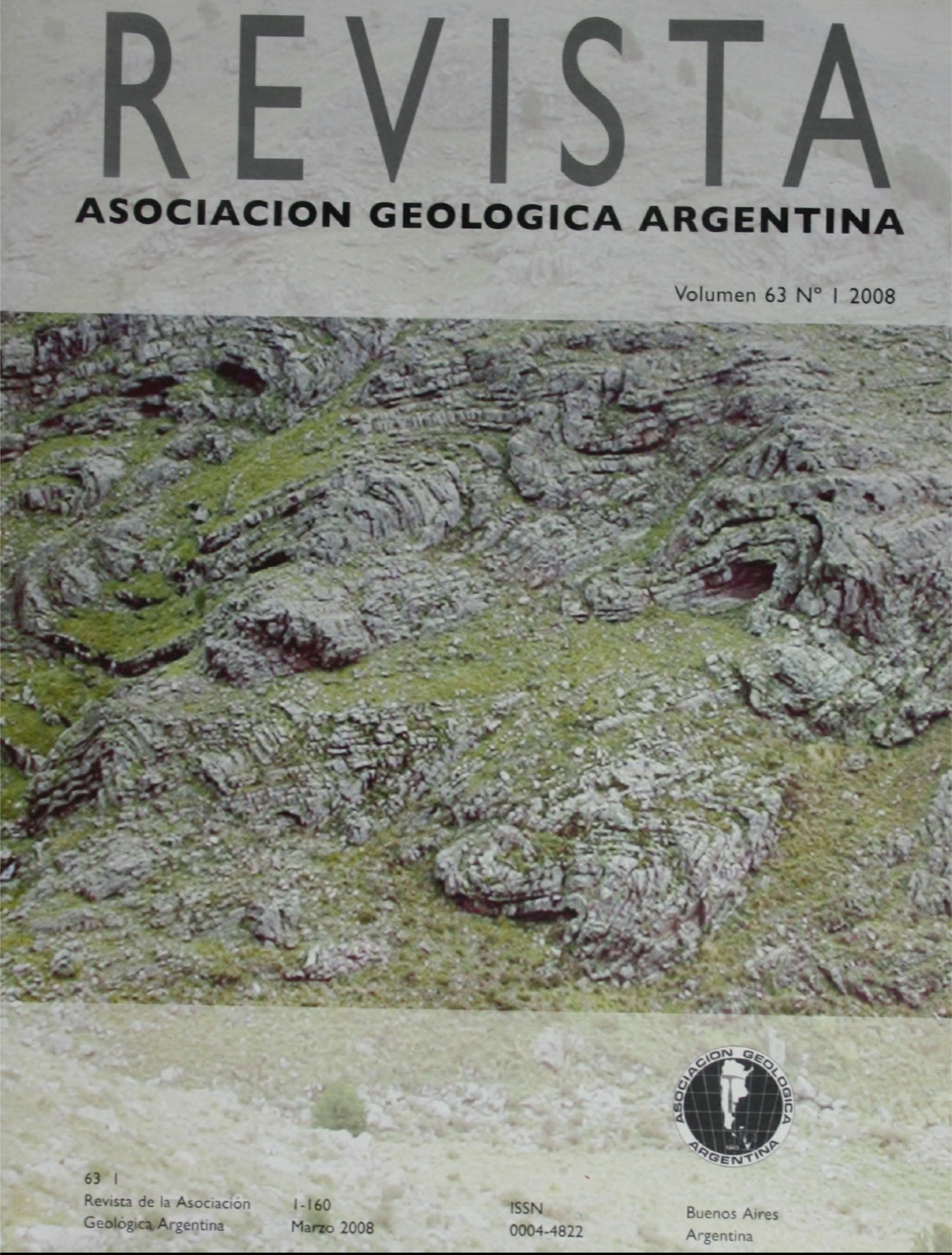Geología del complejo volcánico Los Menucos en el área tipo: Río Negro
Contenido principal del artículo
Resumen
Los afloramientos del Complejo volcánico Los Menucos - que cubren una superficie aproximada de 8.000 km2 - representan
la actividad magmática acontecida durante el Triásico (- Jurásico inferior?) en el macizo Norpatagónico. Este complejo está
integrado por diversos tipos de depósitos piroclásticos, lavas, diques y cuerpos epizonales a subvolcánicos, y presenta intercalaciones sedimentarias cuyas mejores exposiciones están al oeste de la localidad de Los Menucos. La composición de las rocas
volcánicas varía desde leucoriolitas a basandesitas. Los cuerpos son de naturaleza diorítica a monzonítica, con una facies leucogranítica. En un pórfiro monzonítico cuarzoso se obtuvo una edad por isocrona Ar39-Ar40, de 206,9 ± 1,2 Ma. En algunos
sectores el espesor mínimo de los depósitos puede estimarse en 2.000 metros, debido fundamentalmente al apilamiento de
mantos ignimbríticos, entre los que abundan ignimbritas mesosilícicas con altos porcentajes de cristaloclastos. A partir de un
mapeo detallado de litofacies se han reconocido dos áreas que se interpretan como centros de emisión volcánica; otras efusiones están vinculadas a fisuras. La estructura regional se caracteriza por fallas de dimensiones kilométricas, que estuvieron
activas durante el magmatismo. Las más importantes tienen rumbo general este-oeste y desplazamientos de rumbo kilométricos, con predominio de una cinemática dextral. Varios rasgos geomórficos que interrumpen la peneplanicie regional están asociados al fallamiento.
Detalles del artículo

Esta obra está bajo una licencia internacional Creative Commons Atribución-NoComercial 4.0.
Nota de copyright
Los autores conservan los derechos de autor y garantizan a la revista el derecho de ser la primera publicación del trabajo licenciado según una licencia de atribución Creative Commons que permite a otros compartir el trabajo con el reconocimiento de la autoría y de la publicación en la que se publicó por primera vez.
Declaración de privacidad
Los nombres y direcciones de correo electrónico introducidos en esta revista se usarán exclusivamente para los fines declarados por esta revista y no estarán disponibles para ningún otro propósito u otra persona.

